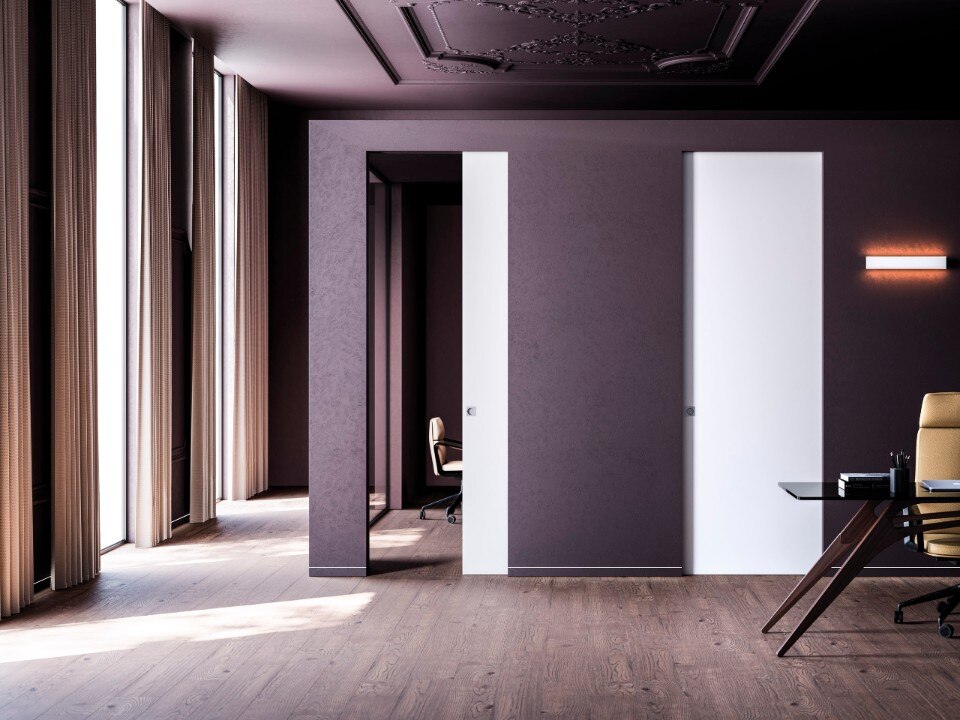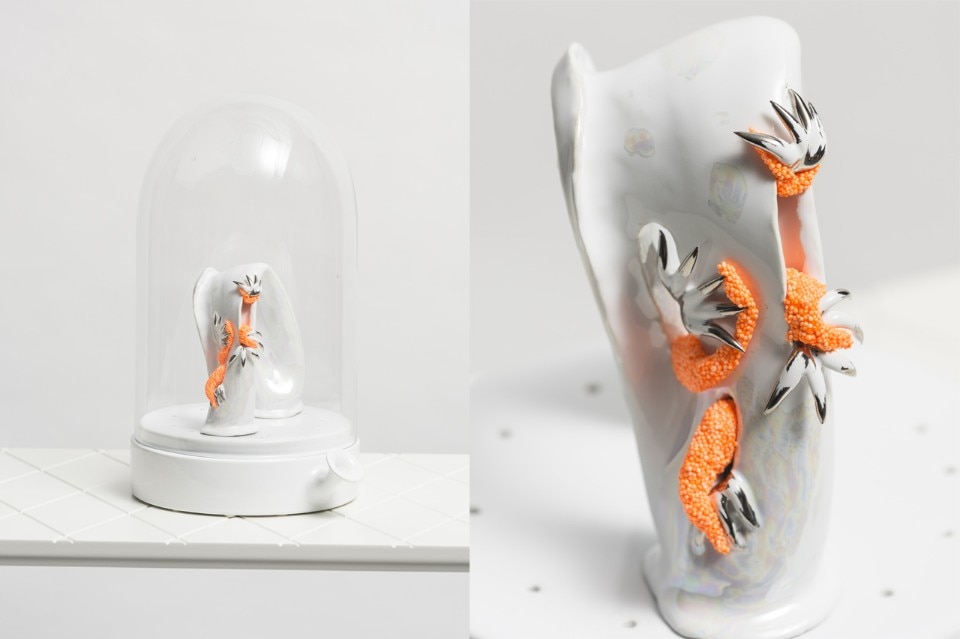
Eclisse: when invisibility art shakes up interior design
A leader in manufacturing pocket door frame systems, Eclisse redefines the concept of living space. Through solutions like Syntesis Line, the company transforms doors into continuous design elements.
- Sponsored content

 View gallery
View gallery
Though we currently live in the technological utopian design of the 70’s and 80’s, it is one that instills a dystopian vision of the future, where robots will take our jobs and artificial intelligence will usurp our control. Matteo Cibic’s vision is the organic alternative.



 View gallery
View gallery
Dermawanga is a self-growing plant animal hybrid. Avoiding most of the steps that are linked to today’s production methods, these hybrids become the furniture of tomorrow. Everything is grown directly, nothing is wasted. If they break, they regenerate. Dermiderma is a selection of organic self-growing objects with a function. This series of plants grow as a single bench, console or stacked shelving system to display the organisms of the future. Each of the units can be stacked for a height size of choice. Specially sized commissions also available on request.
until 8 October 2017
Matteo Cibic. Dermapoliesis
Seeds
4 Douro Place, London

Accademia Tadini on Lake Iseo reborn with Isotec
Brianza Plastica's Isotec thermal insulation system played a key role in the restoration of Palazzo Tadini, a masterpiece of Lombard neoclassical architecture and a landmark of the art world.
- Sponsored content




















